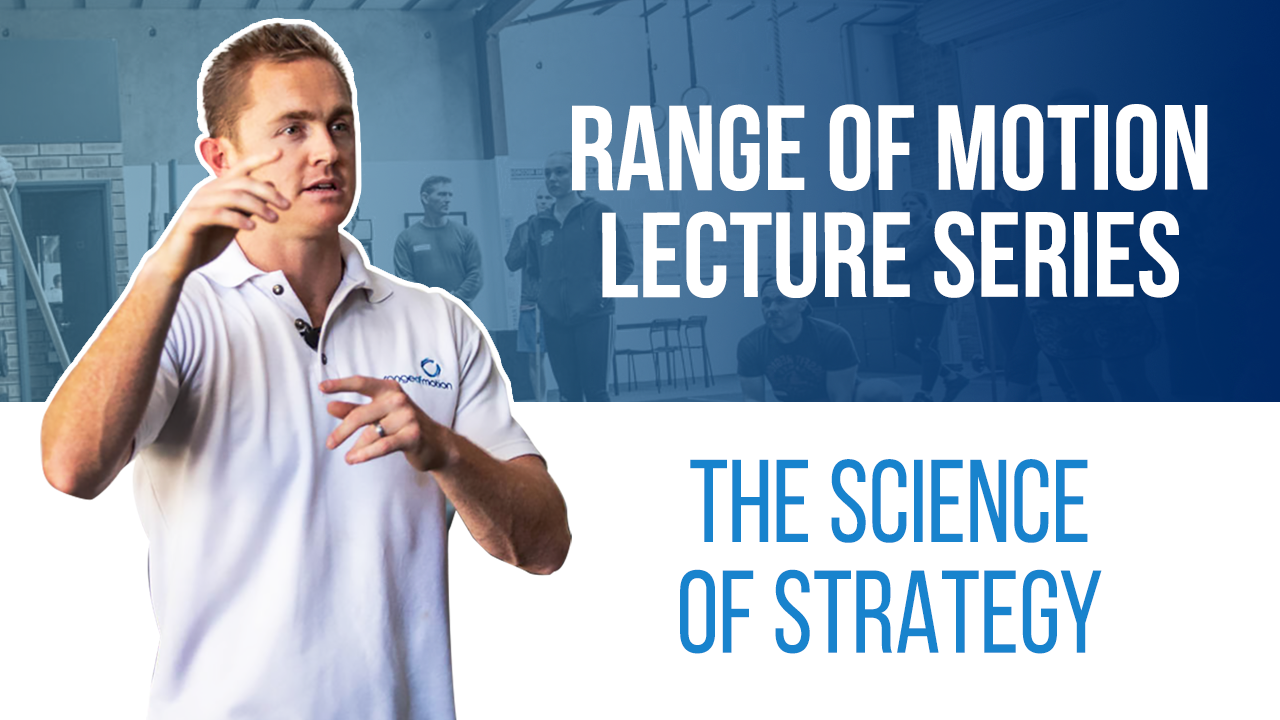Transcribed from video:
– So follow some of these strategies and we’ll really go into some of the science behind this. We talked about the energy systems, if you take it all the way to yesterday morning. We talked about the energy systems and how different thresh holds and different energy systems are trained in different ways, but it also manifests in different ways when you’re actually using them in a competition. Let’s summarise the five main ones. Stored ATP, which you might use for a 20 or 50 minute sprint. Phosphocreatine, which is circulating around in your body, Cause remember, all we’re trying to do is take, what’s this called? The three letters?
– [Audience] ATP.
– ATP. We’re trying to break, what’s that thing called?
– [Audience] A bond.
– A bond. We’re trying to break that away. So now we have?
– [Audience] ADP.
– ADP and that is in di-phosphate, plus this phosphate molecule here, and what effect does it have when we break this bond? It creates?
– [Audience] Energy.
– Energy. Okay? You remember. Good. And then what do our energy systems do? We are trying to do what? We connect this guy to these guys here, so we can break it down again. Okay? So it’s all about that, it’s all about optimising are ability to break down ADP and then reattach that free floating phosphate molecule. Phosphocreatine, that would be if you’re, if you’re doing a set of five heavy dead lifts, a hundred metre sprint. Fast glycolysis still anaerobic, so remember there’s a negative byproduct of anerobic, which is what?
– [Audience] Hydrogen ion.
– Hydrogen ions and it’s not? Okay, cool. So you got these, this acid circulating in your body. The acid rain, yeah, falling into the tank here. The hydrogen ions are a byproduct causing muscle acidity, and the inhibition to fast glycolysis, because if you don’t inhibit the production of fast glycolysis and it’s to much acid then you? Die. Cool. Alright, then you got slow glycolysis. This is where it starts to become aerobic, so we can’t go through this cycle as quickly then, it won’t happen as quickly. There’s a lower yield, which is how much energy you can get out of this process, but it can keep going for longer. And then fat oxidation at the end there, which is lower intensity exercise going for an extended period of time.





